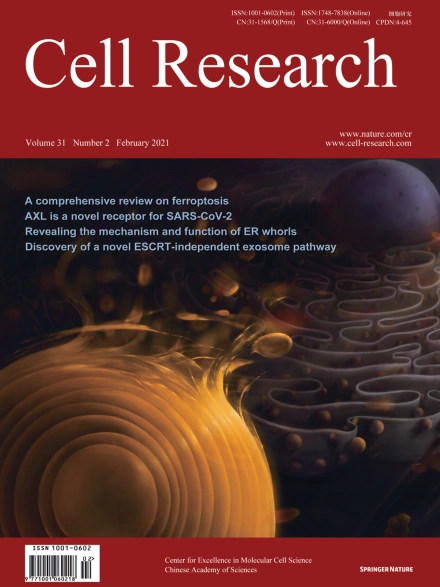
Advanced Search
Submit Manuscript
Advanced Search
Submit Manuscript
Volume 31, No 2, Feb 2021
ISSN: 1001-0602
EISSN: 1748-7838 2018
impact factor 17.848*
(Clarivate Analytics, 2019)
Volume 31 Issue 2, February 2021: 233-236
Mitochondrial replacement in macaque monkey offspring by first polar body transfer
Zhanyang Wang1 , Yuzhuo Li2 , Xianfa Yang3 , Yan Wang1 , Yanhong Nie1 , Yuting Xu1 , Xiaotong Zhang1 , Yong Lu1 , Tikui Zhang1 , Qiming Liu1 , Naihe Jing3 , Zhen Liu1,* , Qiang Sun1,*
1Institute of Neuroscience, State Key Laboratory of Neuroscience, CAS Key Laboratory of Primate Neurobiology, CAS Center for Excellence in Brain Science and Intelligence Technology, Chinese Academy of Sciences, Shanghai 200031, ChinaDear Editor,
Mitochondrial DNA (mtDNA) mutations are maternally inherited to the offspring and mitochondrial replacement therapy (MRT) provides a promising approach for preventing mtDNA-related diseases.1,2 First polar body transfer (PB1T) has been used for mitochondrial replacement to generate mouse offspring and normal human embryos that yield embryonic stem cells.3,4 However, generation of primate offspring using PB1T has not been reported. Here, we show that PB1T-based mitochondrial replacement could generate healthy macaque monkey (Macaca fascicularis), a useful non-human primate model for evaluating methods that may improve the efficiency and safety of PB1T for MRT.
https://doi.org/10.1038/s41422-020-0381-y